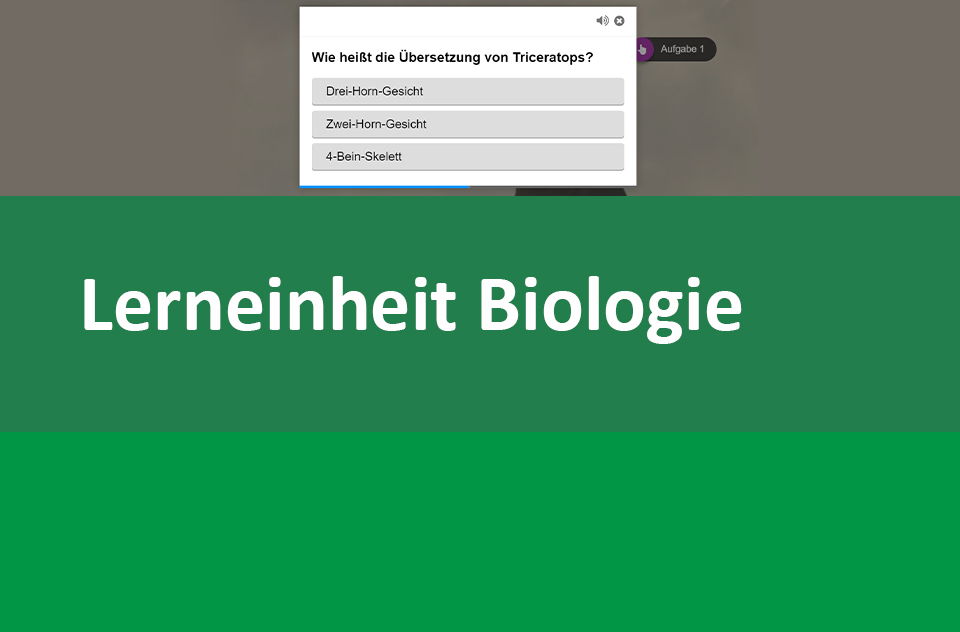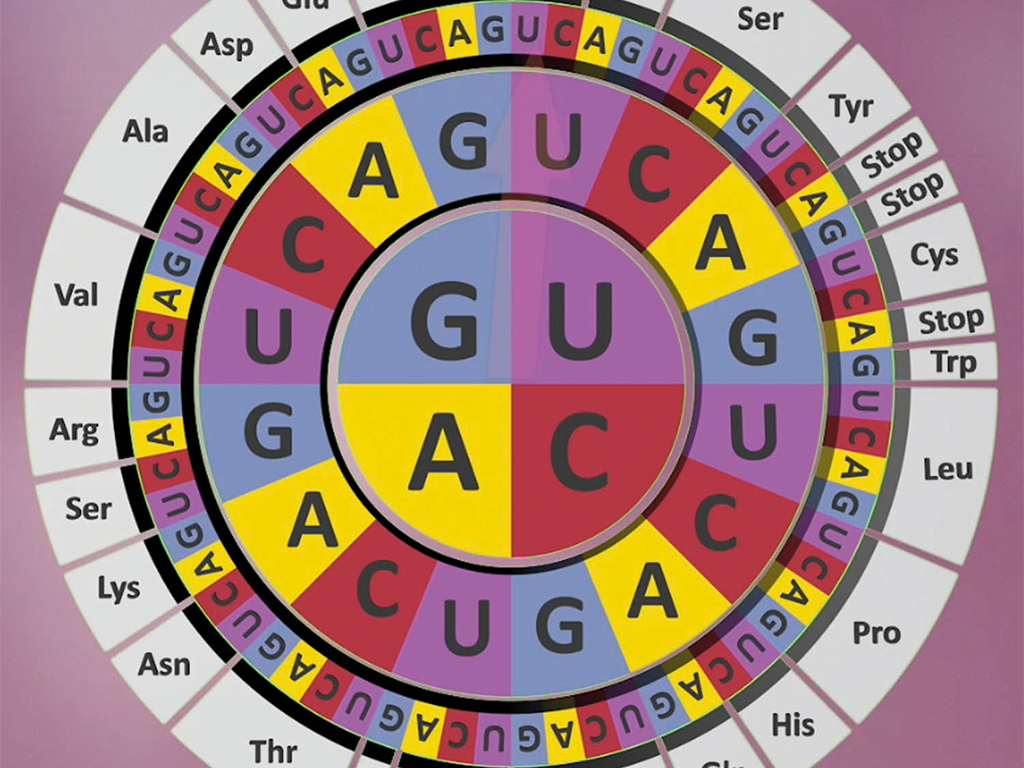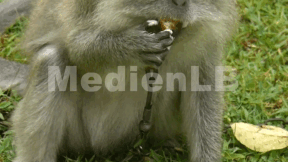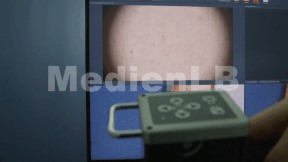
55502521
Heimische Pilze
In 10 interaktiven Aufgaben und Videos wird Wissen zu den heimischen Pilzen vermittelt und anschließend abgefragt.
Das Medium bietet H5P-Aufgaben an, die ohne zusätzliche Software verwendbar sind.
Durch interaktive Aufgabentypen wird das audiovisuelle und interaktive Lernen einfach.
Lernen macht jetzt Spaß!
Included Tasks
- I Heimische Pilze - Einführung - Aufgaben mit Video
- II Heimische Pilze - Fortpflanzung - Aufgaben mit Video
- III Heimische Pilze - Pilzarten - Suchsel
- IV Heimische Pilze - Pilzarten - Finde die Bildpaare
- V Heimische Pilze - Mykorrhiza - Aufgaben mit Video
- VI Heimische Pilze - Schimmelpilze - Aufgaben mit Video
- VII Heimische Pilze - Pilze sammeln - Aufgaben mit Video
- VIII Heimische Pilze - Gift als Medizin - Aufgaben mit Video
- IX Heimische Pilze - Anpassung - Aufgaben mit Video
- X Heimische Pilze - Symbiose von Pilzen und Algen - Aufgaben mit Video
Curriculum-centred and oriented towards educational standards
Matching
Genetic Code Sun
Life on Earth assumes a large variety of shapes. There is plant life and animal life. Protozoa live alongside human beings, ants alongside fish and elephants, a blowball alongside a cactus.









